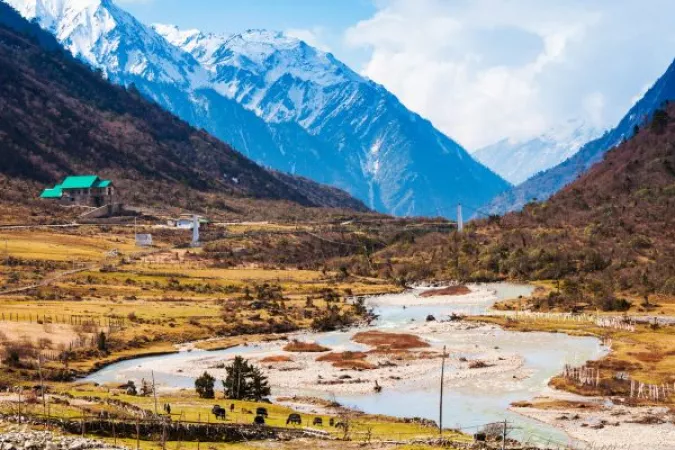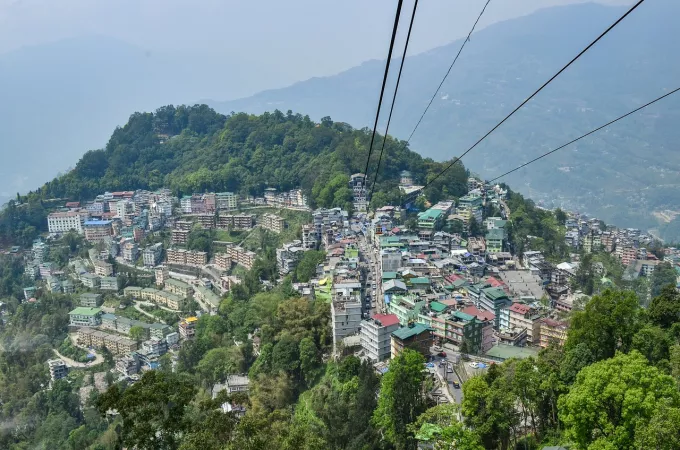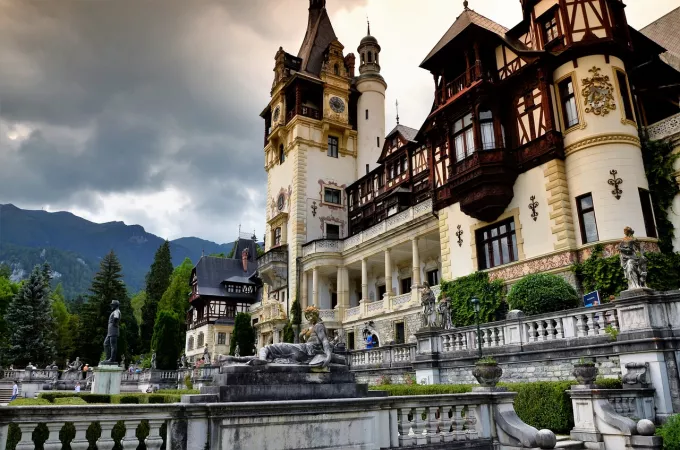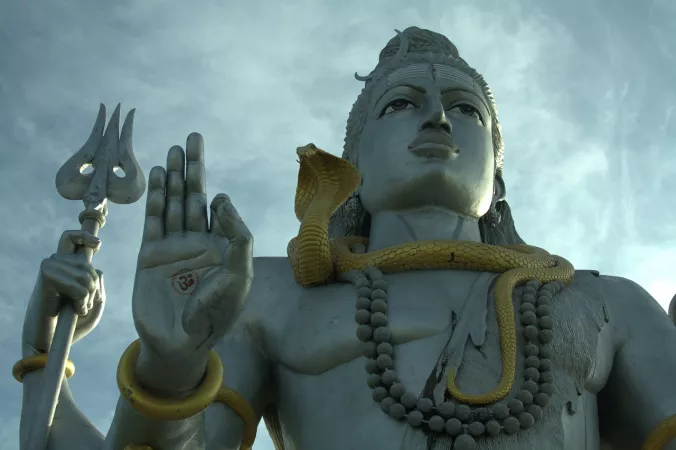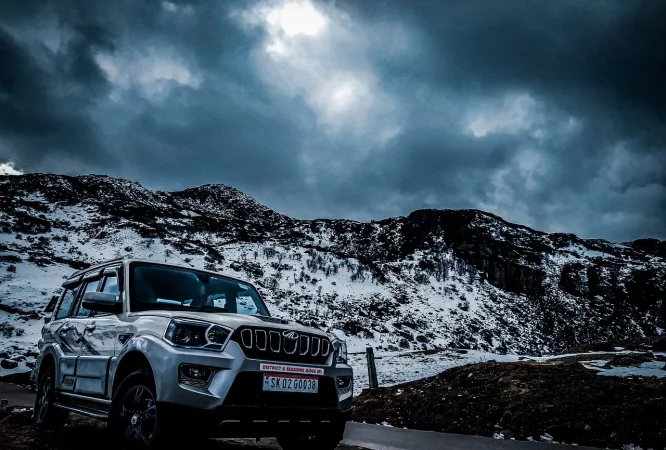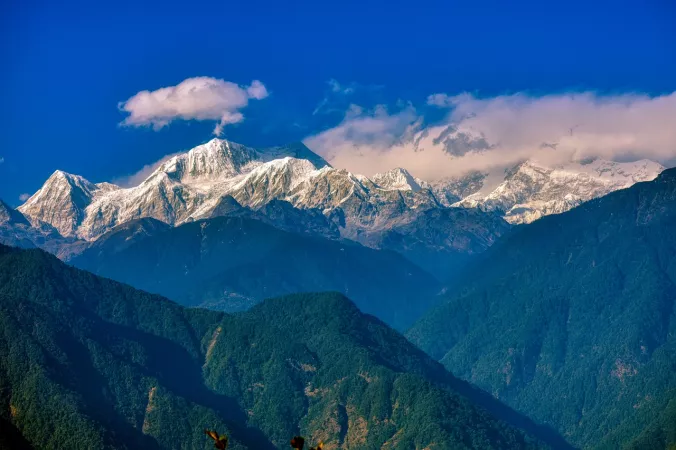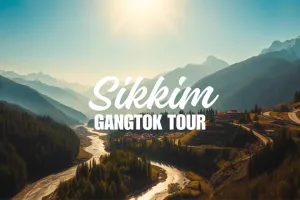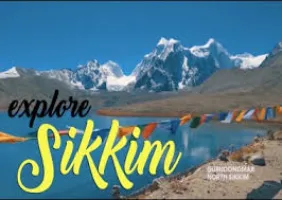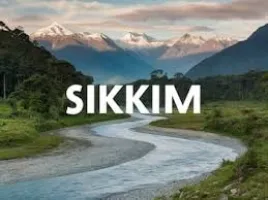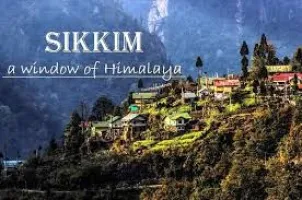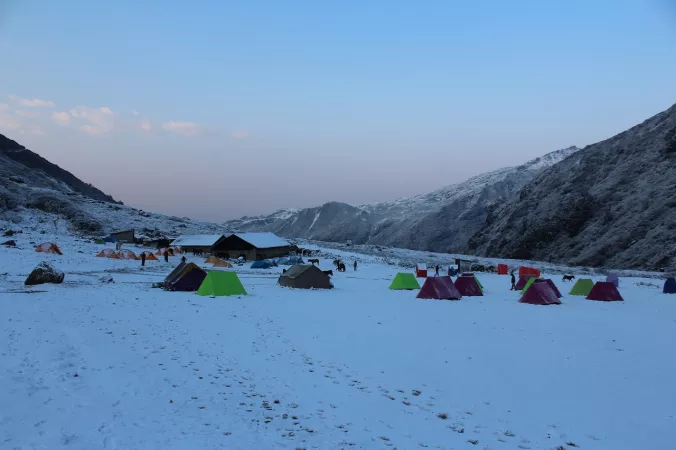
Sikkim
Duration
5 to 10 Days
5 to 10 Days
Best time to visit
Mar-May, Sep-Nov
Mar-May, Sep-Nov
Theme
Hill Station, Adventure, Religious, Wildlife
Hill Station, Adventure, Religious, Wildlife
Sikkim Travel Guide
Sikkim, a state in northeastern India, is known for its stunning landscapes, rich culture, and biodiversity. Nestled in the Himalayas, Sikkim is famous for its snow-capped mountains, lush forests, and vibrant Buddhist monasteries. The state has a unique blend of Indian, Tibetan, and Nepalese cultures, making it a melting pot of traditions and beliefs.Top Attractions in Sikkim
- Gurudongmar Lake
- Tsomgo Lake
- Rumtek Monastery
- Nathula Pass
- Yumthang Valley
Sikkim is Famous for
Breathtaking mountain landscapes and vibrant Buddhist culture.Top Attractions in Sikkim
- Trekking in the Himalayas
- Experiencing local festivals
- Trying traditional Sikkimese cuisine
- Visiting ancient monasteries
- Exploring the charming hill stations
What's Great about Travelling to Sikkim?
- Stunning natural beauty
- Rich cultural heritage
- Adventure activities like trekking and river rafting
What's Not So Great about Travelling to Sikkim?
- Limited connectivity and infrastructure
- Altitude sickness in certain areas
- Harsh winters with heavy snowfall
Travel Tips for Sikkim
- Carry warm clothing and trekking gear
- Acquire necessary permits for restricted areas
- Respect local customs and traditions
Important Sikkim trip information
- Ideal Duration: 7-10 days to explore the major attractions.
- Best Time to Visit: March to May and October to December for pleasant weather.
- Nearby Airports and Railway Stations: The nearest airport is in Bagdogra, West Bengal, and the nearest railway station is in New Jalpaiguri, West Bengal.
Top 11 Places to visit in Sikkim
Per Person
17,500
*EXCLUDING APPLICABLE TAXES 4.8 Ratings
( 33 Reviews )
( 33 Reviews )
Per Person
21,200
*EXCLUDING APPLICABLE TAXES 4.8 Ratings
( 33 Reviews )
( 33 Reviews )
Per Person
25,500
*EXCLUDING APPLICABLE TAXES 4.8 Ratings
( 33 Reviews )
( 33 Reviews )
Per Person
9,800
*EXCLUDING APPLICABLE TAXES 4.8 Ratings
( 33 Reviews )
( 33 Reviews )
Per Person
22,100
*EXCLUDING APPLICABLE TAXES 4.8 Ratings
( 33 Reviews )
( 33 Reviews )
Per Person
17,500
*EXCLUDING APPLICABLE TAXES 4.8 Ratings
( 33 Reviews )
( 33 Reviews )
FAQ's on Sikkim
Q1: What is the best time to visit Sikkim?
The best time to visit Sikkim is during the spring (March to May) and autumn (September to November) seasons. During these times, the weather is pleasant, and the skies are clear, offering stunning views of the Himalayas. Avoid the monsoon season (June to August) due to heavy rainfall which can lead to landslides and road closures. Winter (December to February) is cold but ideal for snow enthusiasts. Consider visiting during festivals like Losar (Tibetan New Year) or Pang Lhabsol for a cultural experience.
Q2: Do I need a visa to travel to Sikkim?
International tourists visiting Sikkim require an Inner Line Permit (ILP) which can be obtained online or upon arrival at certain entry points. Indian citizens do not need a permit to enter Sikkim but need to carry valid identification. Some nationalities may require a Restricted Area Permit (RAP) for certain regions. Check the latest requirements and exceptions before planning your trip to Sikkim.
Q3: What are the must-visit attractions in Sikkim?
Sikkim offers a plethora of attractions such as the stunning Tsomgo Lake, the ancient Rumtek Monastery, the enchanting Yumthang Valley, and the iconic Nathula Pass. Don't miss exploring the capital city of Gangtok with its vibrant markets and monasteries. Visit Pelling for breathtaking views of the Kanchenjunga peak or trek to Dzongri for a mesmerizing Himalayan experience. Adventure enthusiasts can enjoy river rafting in Teesta River or trekking in Singalila National Park for a memorable trip.
Q4: Is Sikkim a safe place to travel?
Sikkim is considered a safe destination for travelers. However, it is advisable to stay informed about weather conditions, especially during the monsoon season. Avoid venturing into remote areas without a guide and respect local customs and traditions. Take necessary precautions while trekking or engaging in adventure activities. Like any other destination, keep your belongings secure and be cautious in crowded areas. Overall, Sikkim is known for its warm hospitality and peaceful atmosphere.
Q5: What is the local currency in Sikkim and can I use credit cards?
The local currency in Sikkim is the Indian Rupee (INR). ATMs are available in major towns like Gangtok, Pelling, and Namchi. Credit cards are accepted in upscale hotels, restaurants, and shops, but it's advisable to carry cash for smaller establishments and local markets. Inform your bank about your travel plans to avoid any card issues. Money exchange facilities are limited, so it's recommended to exchange currency at airports or banks before heading to remote areas.
Q6: What is the local cuisine like in Sikkim?
Sikkimese cuisine offers a delightful blend of Tibetan, Nepalese, and Indian flavors. Try traditional dishes like Thukpa (noodle soup), Momos (dumplings), Gundruk (fermented leafy greens), and Phagshapa (pork with radish). Don't miss tasting Chhurpi (fermented cheese) and Sinki (fermented radish taproot) for unique flavors. Vegetarians can savor dishes like Sael Roti (rice bread) and Gya Thuk (vegetable stew). Enjoy local beverages like Chhang (millet beer) and Tongba (millet-based alcoholic drink) for a true Sikkimese experience. Be mindful of spice levels and dietary preferences while sampling the diverse and flavorful cuisine.
Q7: What transportation options are available in Sikkim?
Sikkim offers various transportation options to explore its diverse landscapes. Public buses and shared jeeps are common modes of transport for traveling between towns and cities. Taxis and rental cars are available for more flexibility and comfort, especially for remote areas. The state has well-maintained roads, but be prepared for mountainous terrain and winding roads. Helicopter services are also available for aerial views and quick transfers. Adventure seekers can opt for biking tours to experience the rugged terrain up close. Plan your transportation based on your itinerary and comfort preferences to make the most of your Sikkim journey.
Q8: Are there any cultural norms or etiquette I should be aware of when visiting Sikkim?
Sikkim has a rich cultural heritage with diverse ethnic groups like Lepchas, Bhutias, and Nepalese living harmoniously. Respect local customs by removing footwear before entering monasteries and religious sites. Dress modestly, especially when visiting sacred places or interacting with locals. Seek permission before taking photographs of people or religious artifacts. Avoid public displays of affection and loud behavior in conservative areas. Greet locals with a warm "Namaste" or "Tashi Delek" as a sign of respect. Participate in local festivals and events with an open mind to immerse yourself in the vibrant culture of Sikkim. By respecting traditions and embracing the local way of life, you can have a meaningful and memorable travel experience in this enchanting Himalayan destination.
Q9: I am a travel agent. How can I buy travel leads of Sikkim?
Register yourself as a travel agent at agents.tripclap.com and then you can buy travel leads to Sikkim once your account is approved. For more details contact our support team at +91-8069186564 or support@tripclap.com
